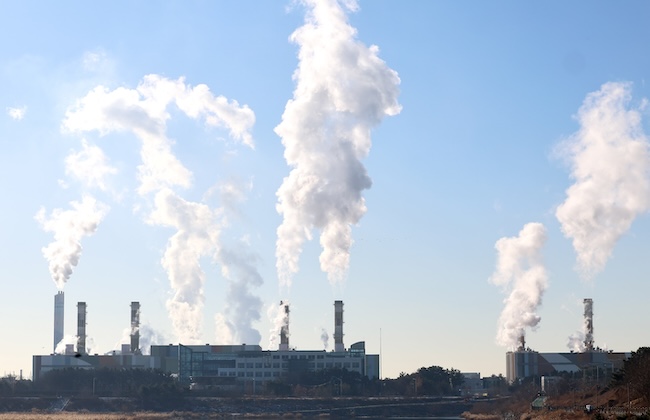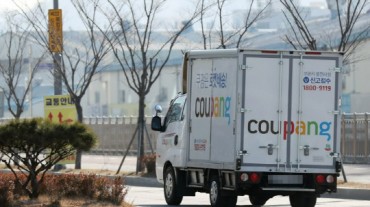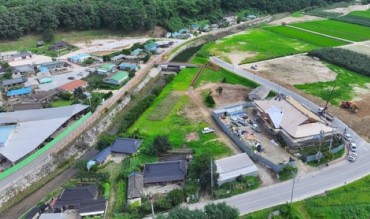
Air pollutant emissions from large-scale industrial facilities in South Korea rose to 220,441 tons in 2023. (Image courtesy of Yonhap)
SEOUL, Jun. 28 (Korea Bizwire) – Air pollutant emissions from large-scale industrial facilities in South Korea rose to 220,441 tons in 2023, marking a 2.4% increase from the previous year’s 215,205 tons, according to a report released by the Ministry of Environment.
The increase is attributed to an increase in the number of facilities equipped with automatic measurement devices capable of real-time monitoring of smokestack emissions.
The Ministry of Environment announced that it will publish the 2023 air pollutant emission data from 943 large-scale facilities with installed smokestack automatic measurement devices on its website (cleansys.or.kr) on June 30.
The number of facilities with these automatic measurement devices grew by 56, or 6.3%, from 887 in the previous year. More significantly, the number of monitored smokestacks increased by 13.2%, from 2,988 to 3,383.
Despite the overall increase in emissions, the average emission per smokestack decreased by 9.7%, from 72 tons in 2022 to 65 tons in 2023. This reduction is attributed to various factors, including the implementation of a total air pollutant management system for industrial sites, voluntary reduction efforts by businesses, and improvements in air pollution prevention facilities.
The iron and steel manufacturing sector emerged as the largest emitter of air pollutants in 2023, accounting for 32.1% of total emissions from large-scale facilities at 70,695 tons. This was followed by the power generation industry (62,997 tons), cement manufacturing (50,103 tons), and petrochemical products (21,603 tons).
Emissions from these large-scale facilities represent 46% of the total emissions from all Tier 1-3 industrial sites in South Korea.
M. H. Lee (mhlee@koreabizwire.com)






